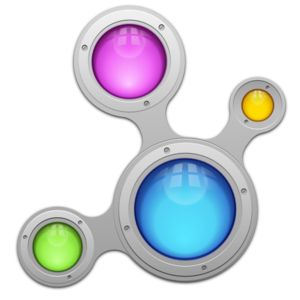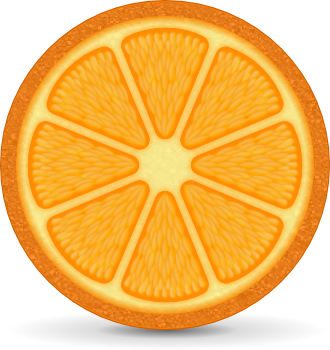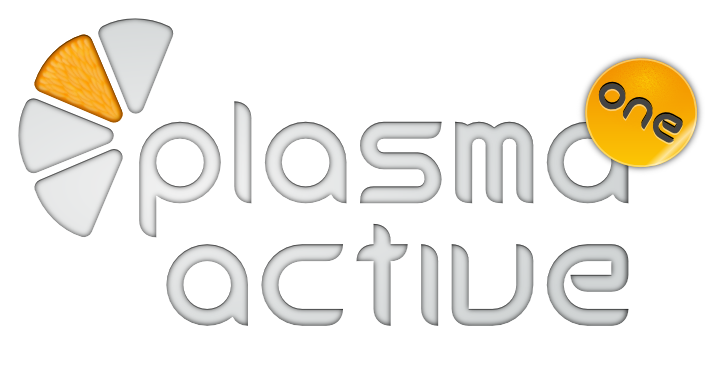One of the biggest new features in Plasma that will be released together KDE Plasma Desktop 4.8 is the new shiny set of QML components, that over the next releases will gradually replace the old simple widgets like pushbuttons lineedits etc.
This is one important step towards a cleaner, easier to use and easier to write user interface, an important step towards Plasma2, where the UI will be completely done in QML, using a fast OpenGL driven scene graph, meaning prettier effects and most important always fast and smooth graphics using more what a modern gpu can actually do.
Here is a video of an example plasmoid (you can find it in the kdeexamples repository, is a good way to learn the api) that shows just a collection of what the available components are.
This is one of the things that are starting to percolate from the work that is being done in Plasma Active and is starting to benefit the desktop as well.
Of course common UI components can’t be really common between the desktop and a mobile device, or between different mobile devices such as tablets and phones, so what about that?
We have a complete series of components targeted to be useful to build widgets for the desktop (as shown in the video above), designed to be as indistinguishable as possible from the old C++ based widgets, so it will mix perfectly in the rest of the desktop. The Device notifier widget is completely rewritten in QML using some of the components for 4.8 and even if it uses 100% new code (modulo the dataengines) it looks and feels exactly the same, there is just a “something” about its smoothness that comes out as a pleasant unexpected thing while it’s used, even if it’s difficult to exactly point the finger at.
So how does the very same widgets gallery plasmoid look when loaded in a Plasma Active two tablet?
The touch specific set of components is used and the plasmoid itself besides using those touch components, adapts itself to the fact of being loaded as a fullscreen application on a tablet and changes its layout accordingly.
Some of those components are pretty universal, especially those without any graphics or input such as Page and PageStack, that manage the life cycle and transitions effect of dynamic pieces of the user interface.
Some components are a bit more specific, but not dramatically different: a button or a text field will look an behave in a very similar way, but for instance we don’t want mouseover effects on a touch screen, and maybe we want the touch area a bit bigger than the actually visible button area for a better grip, but here we still smell at least a partial code sharing.
There are then the ones that we want a flat out different implementation: for instance we want a desktop-themed, independent window for context menus (that is, a QMenu) on the desktop, while we want a more plasma-looking, finger friendly thing on a touchscreen, but still the very same exact api.
We have a series targeted to the current Plasma Active tablet profile uses the 90% of the same code as the desktop version, but everything that needs to be different is different, for instance there we have no mouse over highlight, bigger sizes and hit areas, scrollbars are read only scroll indicators visible only when actually scrolling.








